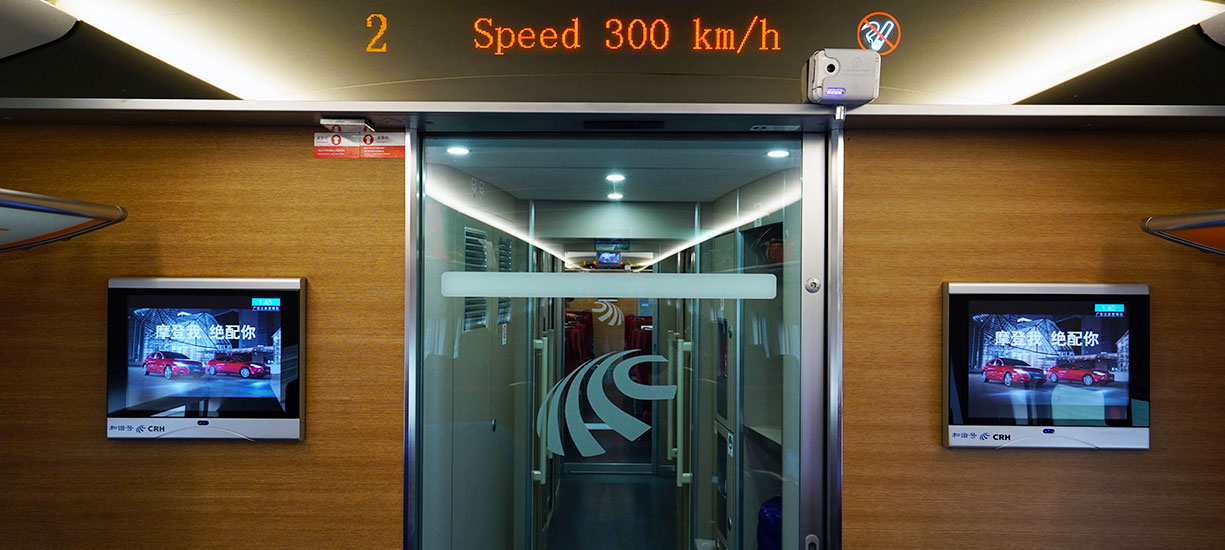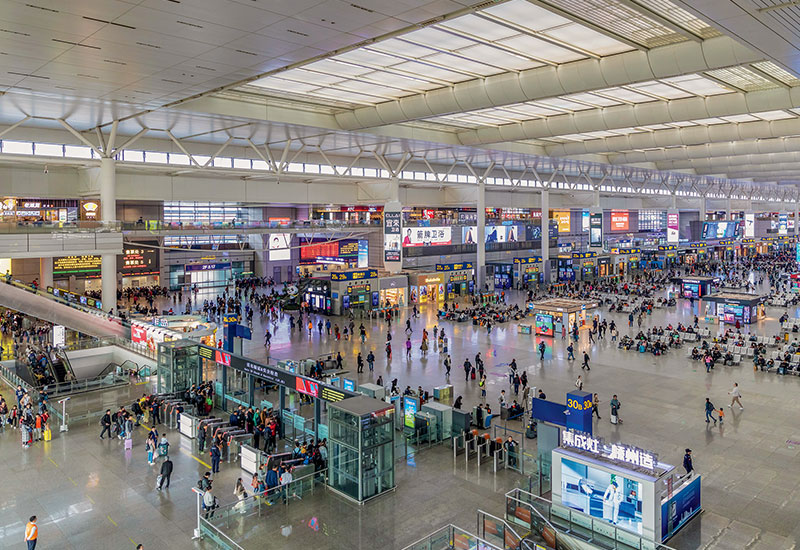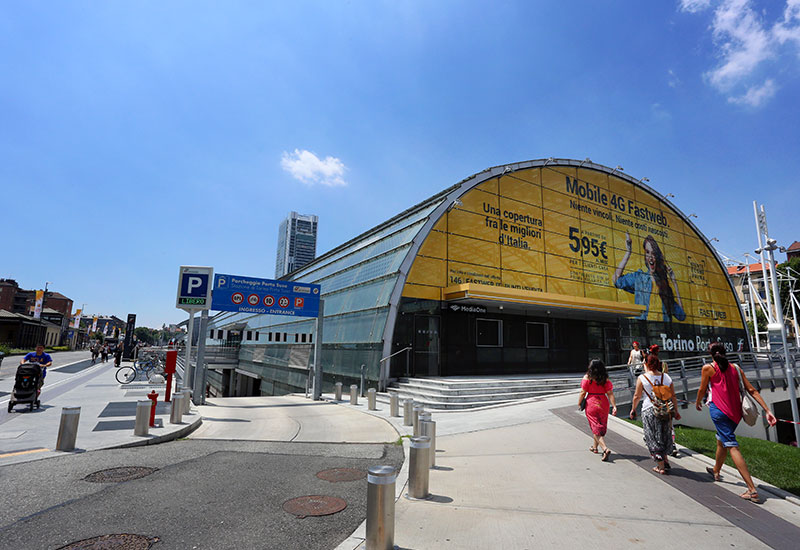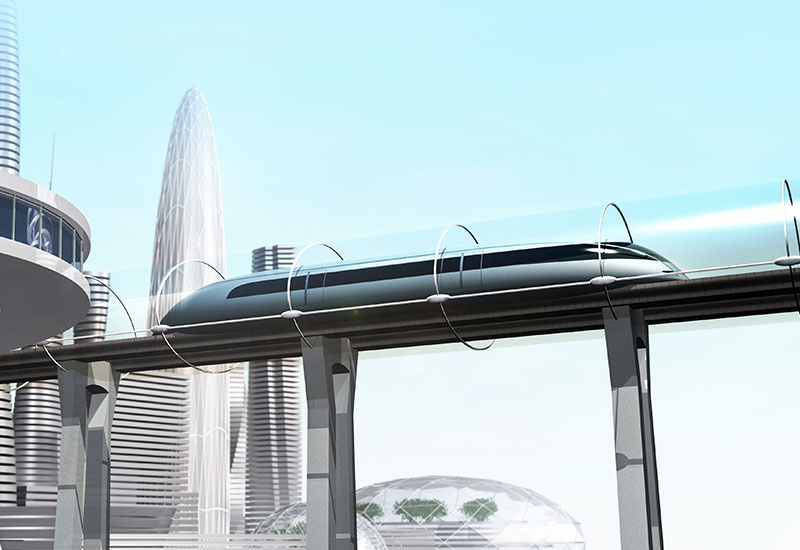
What is High-Speed Rail?
A high-speed rail line was originally defined as a new infrastructure designed for high-speed trains to circulate at speeds above 220 km/h. Such was the case when high-speed first appeared in Japan in 1964. Today, the definition most often used for high-speed rail is the practice of speeds at or in excess of 250 km/h. In a broader sense, high-speed rail signifies electrified lines, engineering works adapted to current travel speeds, avant-garde technologies and a specific signalisation system, with information transmission from ground to train. The high-speed network is not homogenous in terms of speed. High-speed might be further categorised between high-speeds from 200-220 km/h on upgraded conventional lines and very high-speeds from 250 km/h or more on dedicated tracks.
Rolling stock manufacturers create specific trains in function of these speeds. In a global study on the rail market, the Union of European Railway Industries (UNIFE) provides the definition of Very High Speed: over 300 km/h for rolling stock and over 220 km/h for rail tracks.
The UIC definition of high-speed
The International Union of Railways (UIC) considers a commercial speed of 250 km/h to be the principal criterion to define high-speed rail. Nevertheless, UIC accepts a secondary criterion:
on average distances without competition from aviation, where it might not be pertinent to practice a speed of 250 km/h, a lesser speed of 230 or 220 km/h, or even any speed above 200 km/h, is sufficient to attribute maximum market share to collective transport.
This also applies to very long tunnels. For speeds above 200 km/h, infrastructure may be classified as “high-speed” by UIC if its function respects the following principles: track equipment, rolling stock (self-propelled units), signalisation system (absence of lateral signalisation), operation (centralised command stations), and geographic or temporal separation of freight and passenger traffic.
What are the regulations?
According to the European Directive 2008/57/CE, the trans-European high-speed rail system (RTE) is defined in two parts: lines and vehicles.
High-speed lines include:
-lines built specifically for high-speed, and equipped for speeds generally equal to or superior to 250 km/h,
-lines specifically upgraded for high-speed, and equipped for speeds in the vicinity of 200 km/h,
-lines specifically upgraded for high-speed with particular characteristics due to topographical, terrain grade, or urban environment limitations, where speed must by adapted on a case by case basis. This category also includes interconnecting lines between high-speed and conventional networks, lines through stations, terminal and depot accesses etc., that are travelled at conventional speed by “high-speed” rolling stock.
This network includes traffic control systems, localisation and navigation, technical installations and data processing and telecommunications intended for transport along these lines in order to guarantee the safe and harmonious operation of the network and efficient traffic management.
The trans-European high-speed rail system includes vehicles designed to operate on either:
- lines specifically built for high-speed, at speeds equal or superior to 250 km/h, though allowing, in appropriate circumstances, for speeds to exceed 300 km/h,
-above-mentioned lines, when it is compatible with the performance levels of these lines, at speeds in the vicinity of 200 km/h.







